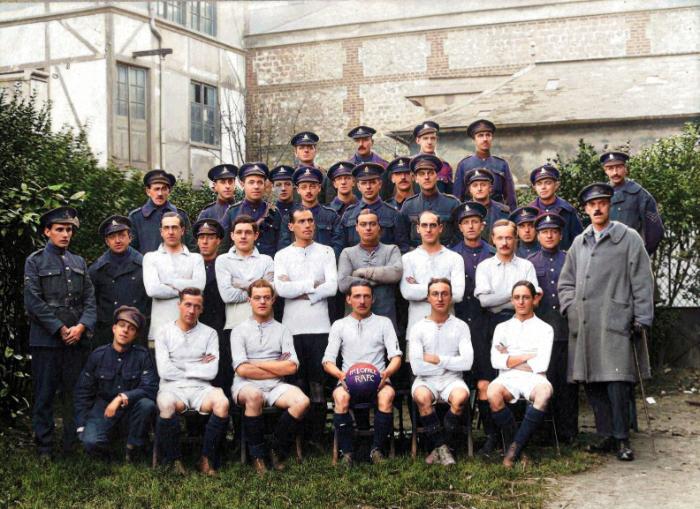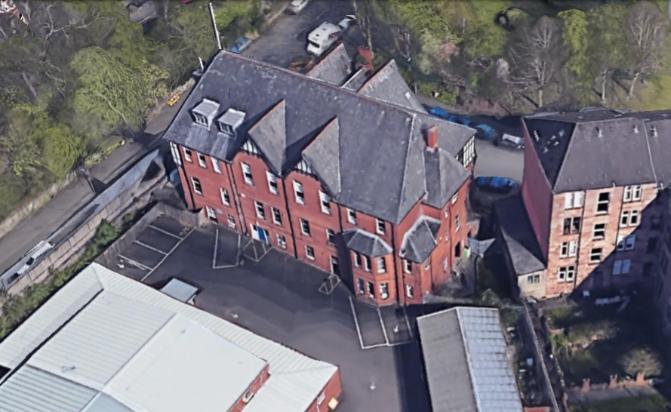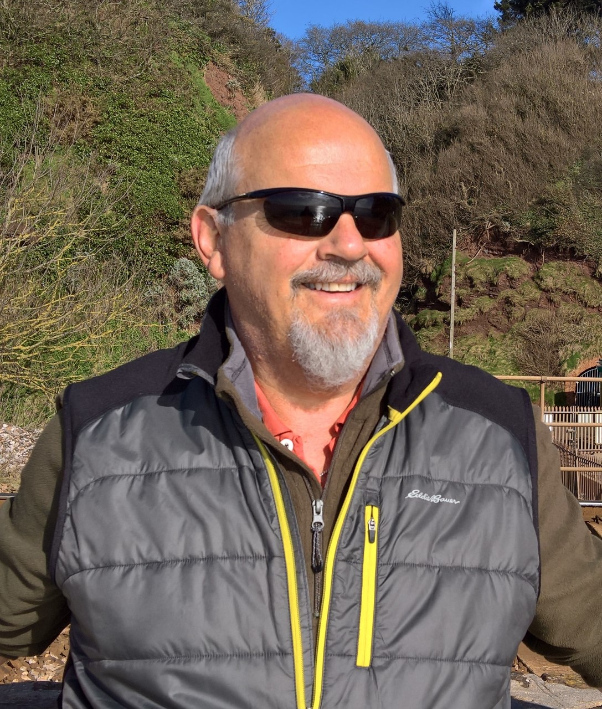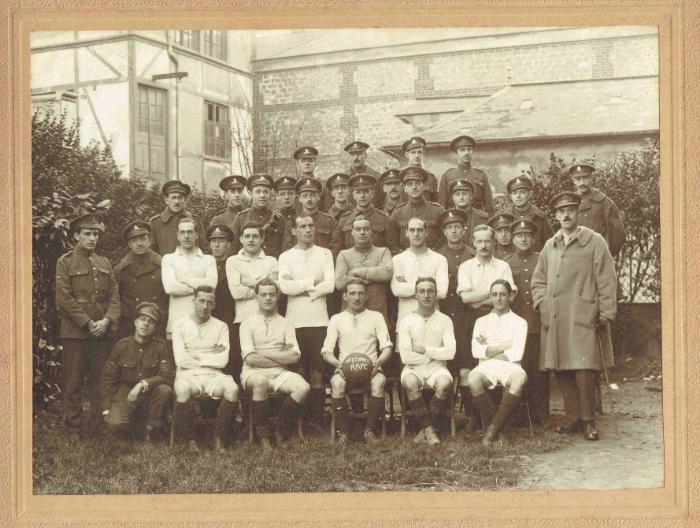Scratching the Surface
24/01/2022 - 2.13
Roger Slater
Football and War isn’t just a memorial to those players who died in world wars or other conflicts, nor is it just about those key events like the London Irish Rifles (Loos) and the Suffolks (first day of The Somme) kicking a ball over the top, or stories about the Christmas Truce of 1914. It has to be all encompassing, looking at the ‘day to day’ – football as part of a serviceman’s recreation at home and abroad.
There are many mentions of games at home and abroad, of leagues held in Prisoner of War Camps on both sides, and inter-battalion sports and competitions across the globe in times of war and in times of peace. Letters home from serving players to their clubs, press reports, any number of different sources, but what can a simple bit of research uncover? Perhaps the following will encourage you to scratch the surface of just such a memory, article or photograph to see what else you can find out, just as I did and continue to do…
I was given a picture by a friend of mine – he found it in an antiques shop and gave it to me as a ‘Thank You’ for some research I had helped with on his family in World War One. This is it:
Source: Author's collection
On first sight, its obviously World War One era and by the uniforms, later in the war. The writing on the ball is No1 Office RAFC. RAFC is an easy identification, backed up by the cap badges and insignia on show – Royal Artillery, so where better to start that the Royal Artillery themselves to see if they can identify any further details about No1 Office or offer a clue to the location or date.
“Thanks for sending the picture. We have no idea what No1 Office may be, but we can confirm that most of the soldiers are wearing uniforms and caps with RA cap-badges, so they are Gunners. The uniforms though do not have white Royal Artillery shoulder lanyards and some cap-badges missing. That would suggest the picture was taken probably in France or Belgium. As the soldiers look war-weary, it suggests the picture would have been taken near the end of WW1, 1917 or 18 probably”
In truth, nothing I couldn’t really have worked out for myself, though the reply did at least confirm some of my initial thoughts.
In the two days waiting for the reply, my inquisitiveness had taken over however and I’d removed the picture from the frame to see if I could un-cover anything further detail. What I found was this label. Greenlees Boot and Shoe Manufacturers, 171 Saracen Street Glasgow, with a long list of other branches.

Source: Author's collection
Back to the internet, and to wikitree - https://www.wikitree.com. I found the family tree associated with the company which is a very different form still exists and sent them an email – that’s a thread that remains open as unsurprisingly I suppose, the modern company hasn’t replied!
A read of the company biography gave a little more information on the family and indicated that Arthur Greenlees was probably the man in Glasgow during the Great War period, but that too is currently a dead end with no further details know – not least, why a shoe manufacturers advert should be used as backing for a Royal Artillery photograph, most likely taken in France!
I’m a member and occasional contributor to a Facebook Group for World War One photographs, so I gathered up the images and composed a little script of the known details and posted them online to see if any other group members could shed some light on the picture or add a detail or two.
I was lucky, as Taff Gillingham, Tour Guide, Military Historian and Consultant among other things is also a group member and he saw the picture. With the information I had posted he replied:
“….most of the Officers have a bronze ‘V’ under their collar badges. That would indicate they are members of the Volunteer Force, not regulars. With the link to Glasgow it’s likely to be the City of Glasgow R.A. (Volunteers), based in Jardine Street.
They were a Signal Company and that ties in with the activities in the photo. If so, the Officer on the right is Captain J.E.Naismith, 2nd left Adjutant T/Captain T.B.Grierson, a TF Officer with a 1914 Star ribbon and 3 three blue Overseas Service chevrons. Third left is Major ET Gislin The other must be either 2/Lt Morris, Bewsher, Wilson or Lindsay.
It turns out that the previous owners of the house were the Lindsay family...”.
Within a matter of days after over 100 years, the information had brought some of those people pictured to life but the search continues. The Imperial War Museum database online offered another picture (below) of Major J Naismith Royal Field Artillery pictured on 23rd August 1917 leaving Buckingham Palace after receiving his Distinguished Service Order (DSO) and the next task for me is to look into the records of all those named, hopefully identifying some of the others in the picture along the way.

Source: Imperial War Museum
I also used an online app at myheritage.com to give an initial colourisation to the original picture, truly adding a little colour to the history:

Source: Author's collection
Posted online again, this time a friend, Stiofan Pelosi (@FWGProject) responded from his Falkirk home. He’d been brought up around the Jardine Street area of Glasgow and thought he could identify the building, still in use and still military (now 32 Signals Regiment), though the actual area where the photograph was taken is now a car park. Google Earth gives us this:

Source: Google Earth
Alongside some more research on the Military Records, a visit with a camera is on the cards!
Biography
Roger Slater was born in Harrow in the late 1950s and has moved around a bit and retired to Devon with wife of 24 years, Helen. He originally trained as an Electrical Engineer but worked for almost 40 years in Building Services Technologies, primarily HVAC control systems and Electronic Security. Roger retired in 2018 having run his own Engineering Consultancy for almost 15 years.
For relaxation and hobbies, he writes, mainly about his football club, Wealdstone FC and has published eight books including a club history since 2002. He does not class himself as a historian, just an enthusiastic amateur.
He also writes for a fanzine/magazine called Where’s The Bar that has just relaunched.
Otherwise, hobbies are upcycling and building ‘strange’ lighting out of people’s rubbish and occasionally painting, though he also buys and sells at auctions and on the internet (mainly football related or antiques).
In respect of other sports, he will watch most but follows the Toronto Blue Jays avidly in baseball, as a result of working on and off in Canada in the early nineties.
Roger also reads and collects books on World War 1, in particular personal biographies and war diaries as opposed to battle histories…
All of that could change tomorrow or on any other day if something else takes his fancy as he will give most things a try if they appeal!



/prod01/wlvacuk/media/departments/digital-content-and-communications/images-2024/240624-Alumni-Awards-2024-Resized.jpg)
/prod01/wlvacuk/media/departments/digital-content-and-communications/images-18-19/220325-Engineers_teach_thumbail.jpg)
/prod01/wlvacuk/media/departments/digital-content-and-communications/images-2024/240627-UN-Speaker-Resized.jpg)
/prod01/wlvacuk/media/departments/digital-content-and-communications/images-2024/240320-Uzbekistan-Resized.jpg)
/prod01/wlvacuk/media/departments/digital-content-and-communications/images-2024/240229-The-Link-Resized.jpg)
/prod01/wlvacuk/media/departments/digital-content-and-communications/images-2024/240627-Lady-Aruna-Building-Naming-Resized.jpg)
